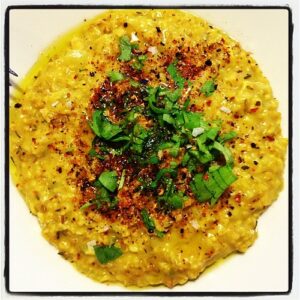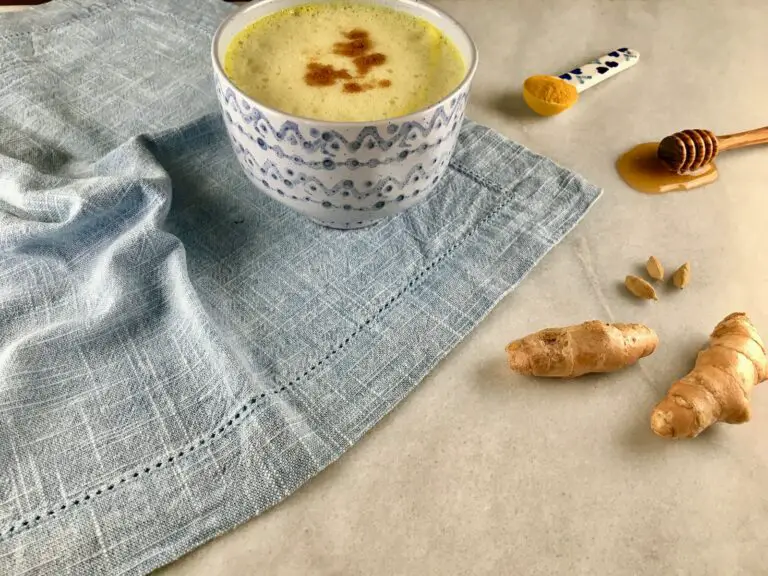Turmeric, the golden spice, has been used for centuries in Indian cuisine for its wonderful taste, inviting aroma, and vibrant color. Turmeric in cooking is now gaining popularity in the West for its numerous health benefits and versatility.
In this article, we will explore how to incorporate turmeric in cooking, as well as discuss what it pairs well with and the health benefits of incorporating it into your meals.
Incorporating Turmeric in Cooking

There are a variety of ways to use fresh turmeric root and ground turmeric in cooking. Many traditional Indian dishes incorporate turmeric, such as curries, soups, and rice dishes. Sprinkle turmeric over vegetables before roasting, or add it to scrambled eggs for a nutritious and flavorful meal. To ensure that you absorb the curcumin, the active ingredient in turmeric, consider adding black pepper or olive oil to your recipes.
Fresh Turmeric Root vs Ground Turmeric
When it comes to using turmeric, you have the option of utilizing fresh turmeric root or ground turmeric. Fresh turmeric root, similar in appearance to its cousin ginger, can be found in health food stores and select grocery stores.
Often referred to as Indian saffron, fresh turmeric root should be peeled and grated, much like ginger. It adds a bright, earthy flavor to dishes and works well in recipes that call for fresh ginger.
On the other hand, ground turmeric is made by drying and grinding the turmeric root. It is a widely accepted, convenient, and affordable option, easily available in grocery stores. The amount of fresh turmeric root needed in recipes can be substituted with a smaller amount of ground turmeric, typically one teaspoon of ground turmeric for three teaspoons of fresh turmeric.
Create Unique Turmeric Recipes

Consider trying out some new, tasty recipes that incorporate more turmeric for a flavorful and nutritious meal. Turmeric tea, made by simmering fresh or ground turmeric with water, almond milk, and honey, is a delicious and warming beverage, popular in Ayurvedic medicine.
Adding turmeric to your cauliflower rice can give it an appetizing color and unique taste. Experiment with adding turmeric to your rice dishes, soups, and curries to elevate their flavor.
Maximizing the Health Benefits of Turmeric
To unlock the full potential health benefits of turmeric, consider pairing it with other spices and ingredients. Black pepper, specifically its active ingredient, piperine, helps the body absorb curcumin, the active component of turmeric.
It is believed that black pepper can increase the bioavailability of curcumin by up to 2000%. Additionally, fat aids in the absorption process; mixing turmeric with olive oil, ghee, or coconut milk can boost its positive effects on health.
Unlocking the Best Flavor and Medicinal Properties
Turmeric is a member of the ginger family and is native to Southeast Asia. Curcuma longa, the scientific name for turmeric, has been part of traditional medicine systems for centuries due to its various medicinal properties. Contemporary research indicates that turmeric may have positive effects on conditions such as heart disease, inflammation, and some types of cancer.
Turmeric in Cooking – Bottom Line
In conclusion, turmeric is a versatile and flavorful spice that can enhance the taste and appearance of many different dishes. Turmeric in cooking is a great way to incorporate additional nutrients into your meals, especially when paired with ingredients like black pepper and healthy fats to maximize the health benefits of turmeric. Start experimenting with turmeric in your recipes and embrace the golden spice as your new best friend in the kitchen!

